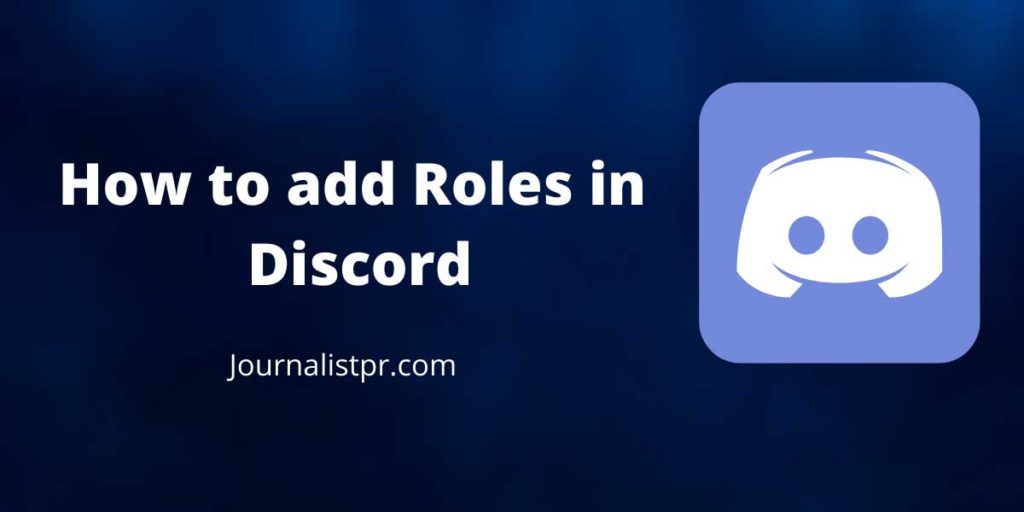Nowadays, Discord is the go-to VOIP service for gamers, and the Discord permission system is based on roles that users assign to their members. With Discord, it’s easy to use, free and reliable. A real-time messaging platform is a Discord, which provides an all-in-one voice and text chat for gamers.
Discord has thirteen server permission levels, nine text permission levels, and seven voice permission levels. The discord permission system is based on roles that users assign to their members. These permissions can be allocated at the server level and at specific channel levels within the server. They are then resolved by adding up every consent from all the roles on a user. An example of one of these roles is that the server administrator created the role “moderator.”
This role has abilities to ban and mute other users within your server. The Discord software has so much of it that users are given loads of settings to tinker with and different options. In total, on Discord, there are 29 permissions, which are divided between text, general, and voice. A role sets what permissions and access a Discord member has on a server. Every member can have a single role or more than a single role.
Server owners do not need a role as they have worldwide access and permissions. This is an easy process that helps create a user group that can offer your Discord members access to the server’s extraordinary parts. This guide will go through how to create roles, assign roles, and apply permissions to both channels and categories. You can assign multiple roles to a single member. Roles include names, a set of numbers, and a set of permissions.
These steps will show how to add roles in Discord as follows.
- Firstly click on the arrow drop-down icon just next to the server name at the top of Discord. Users have to create a new Discord server and then have to create some structure and add roles for some of the users’ many trusted members. Then right-click on your server and click on “Server Settings” and then “Roles.”
- Choose “Roles” on the left from the menu. The @everyone role by the server is the default role assigned to others who have no set role.
- Then users have to click the + sign at the top of the Roles page’s right side. Once after clicking the add button, the user can change the name of their new role and allocate it a color. Users can give the newly created role a name, color, and set permissions, which will be applied server-wide.
- Now give permissions to the new role particular and apply it downside and select from the multiple available permissions. Category-set and channel permissions will override role permissions.
- Then save the changes so that nothing will be lost, and the new role will be completed.
Conclusion
I hope after reading this article, you will be able to understand the roles of Discord in an outstanding manner. If you face any difficulty understanding, you can ping us anytime.

